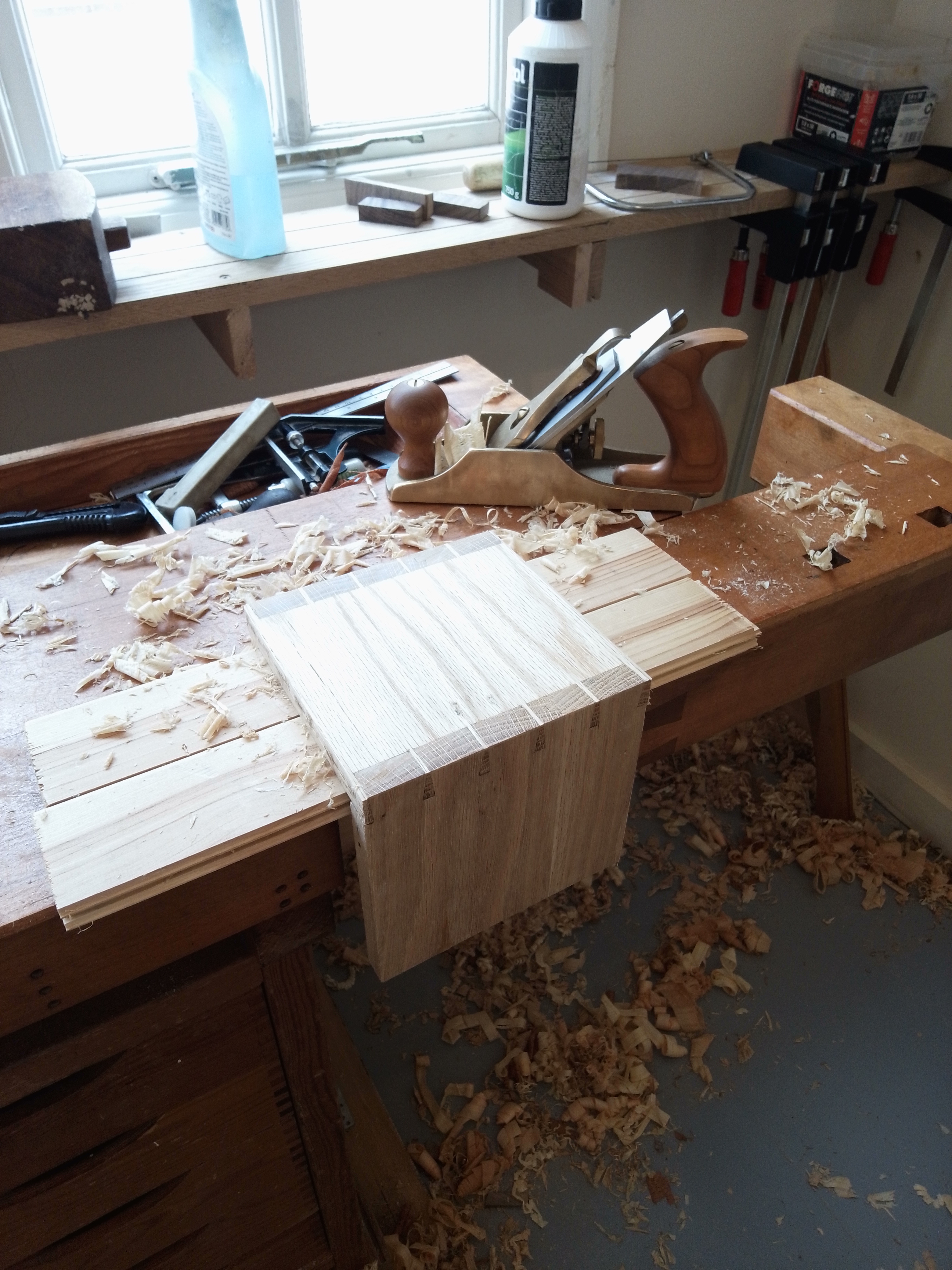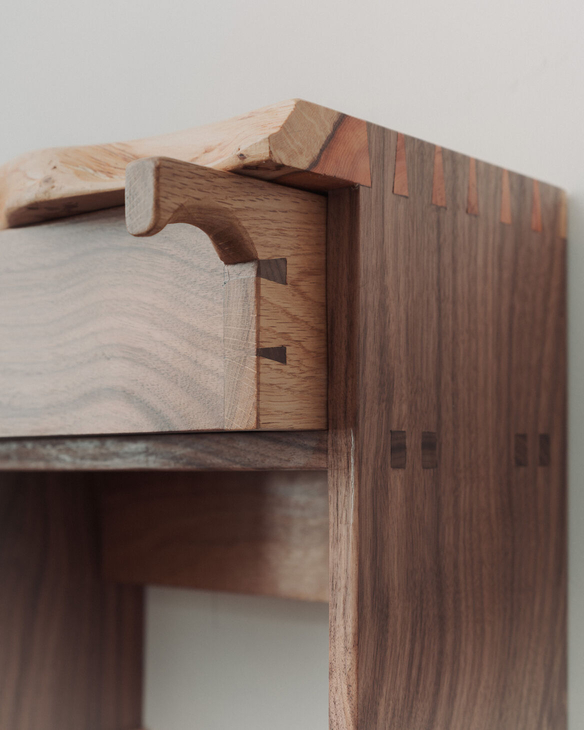
FFurniture with a Soul. Crafted by Hand, For a Lifetime.
Welcome to a place where furniture is more than function.
Where every curve, joint and grain tells a story.
Where machines step aside — and hands take over.
I’m Dimitar Pachev. I build each piece of furniture you see here, alone, by hand. Not because it’s easier. But because it’s better.
Because you deserve something extraordinary.
⸻
In a World of Machines, Choose What’s Human.
Walk into almost any furniture store today — and you’ll be surrounded by products that were pumped out by CNC routers, sprayed in booths, and handled more by conveyor belts than by people.
It all looks nice.
But it feels empty.
That’s because mass production removes what really matters:
Character.
Intention.
Human presence.
When you run your hand across one of my tables, you’re not feeling lacquered MDF — you’re touching months of care, precision, and heritage.
You’re feeling me — my time, my tools, my eyes. You’re holding something made the way furniture used to be made: slowly, deliberately, lovingly.
⸻

Built Slowly, On Purpose.

One Man. One Set of Tools. One client at a Time.
I’m not a brand. I’m not a factory. I’m not a design agency with a workshop downstairs.
I am a furniture maker.
I work from a quiet workshop in Bexhill-on-Sea, surrounded by the smell of walnut, oak, ash and cherry.
I don’t take on 10 clients a month.
Sometimes, I take on two.
Because when you choose me, you’re not just buying a product — you’re entering into a relationship.
We’ll speak. We’ll plan. I’ll sketch.
I’ll understand not just where the furniture is going, but why.
The table where your family will gather.
The cabinet that frames your art collection.
The desk where you’ll sign contracts and letters for years to come.
It’s all built with your name, your space, and your story in mind.
Designed to Live with You - And Long After You.
Why My Clients Choose Me


